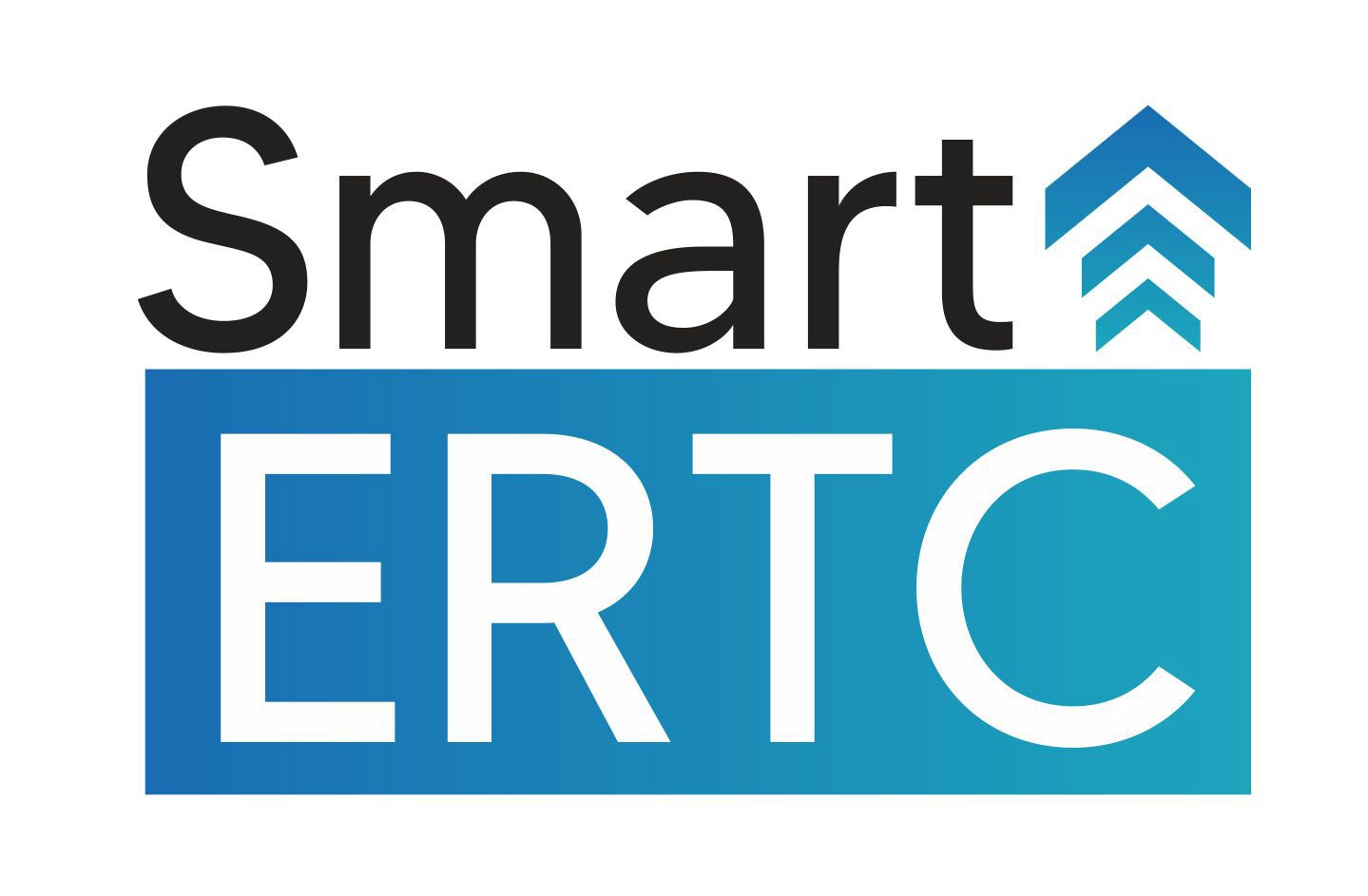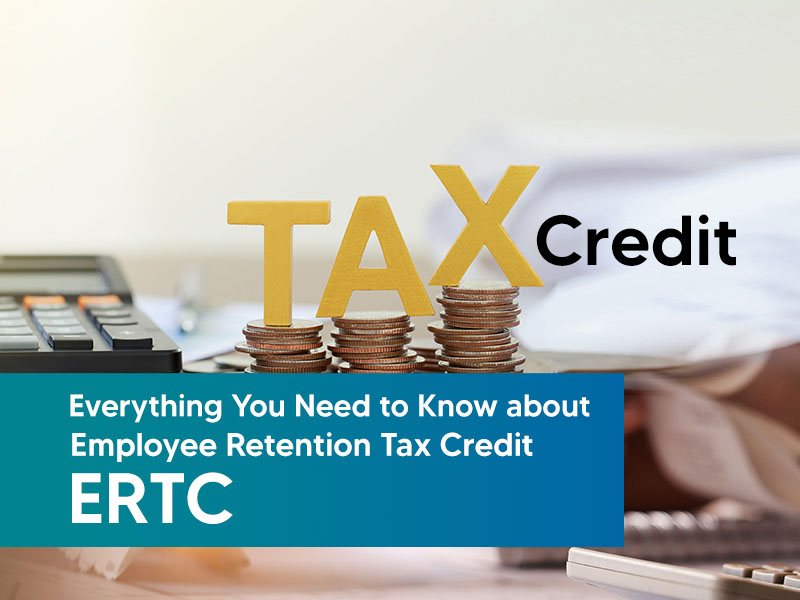At some point in our lives, we all find ourselves in need of financial assistance. In light of the recent pandemic, many individuals and businesses have found themselves struggling financially. Fortunately, the U.S. government has taken steps to alleviate some of the burden on those who have been negatively impacted. One such program is the Employee Retention Tax Credit, or ERTC. In this article, we will explain everything you need to know about ERTC, including what it is, who is eligible, and how to apply for it.
What is ERTC?
The Employee Retention Tax Credit is a refundable tax credit designed to help eligible employers keep their employees on payroll, even if their business has been adversely affected by the COVID-19 pandemic. The credit was first introduced in March 2020 as part of the Coronavirus Aid, Relief, and Economic Security (CARES) Act, and has since been extended and expanded through subsequent legislation. The credit is available to eligible employers who continued to pay W2 employee wages during a period of either a full or partial shutdown due to a government order related to COVID-19 and/or who experienced a significant decline in gross receipts. The credit is equal to 50% of eligible 2020 wages, up to a maximum credit of $5,000 per employee in 2020, and 70% of eligible 2021 wages paid to each employee, up to a maximum credit of $7,000 per employee, per 2021 quarter.
Who is eligible for ERTC?
Eligibility for the Employee Retention Tax Credit is determined based on two factors:
- A decline in gross receipts. The employer's gross receipts for a calendar quarter in 2020 were less than 50% of gross receipts for the same calendar quarter in 2019, and/or the employer's gross receipts for a calendar quarter in 2021 were less than 20% of gross receipts for the same calendar quarter in 2019.
- The employer is a business that was fully or partially suspended due to a government order related to COVID-19 during the calendar quarter. This includes businesses that were ordered to close or had their operations significantly reduced due to COVID-19. It is important to note that even those eligible employers who took a loan under the Paycheck Protection Program (PPP) are still eligible for the ERTC.
How to apply for ERTC
Eligible employers can claim the credit on their employment tax returns, typically Form 941X, for the applicable calendar quarter(s). If the credit exceeds the employer's total liability for social security taxes for the quarter, the excess is treated as an overpayment and can be refunded to the employer. It is important to keep detailed records and documentation of the employer's eligibility for the credit, including evidence of the decline in gross receipts and/or impact on the business of government orders related to COVID-19. This documentation will be necessary in the event of an audit.
Conclusion
In conclusion, the Employee Retention Tax Credit is a valuable resource for eligible employers who kept their employees on payroll during the COVID-19 pandemic.
At SmartERTC, we are dedicated to helping clients take advantage of this empowering program. Our team of experts will provide guidance on the eligibility criteria, expert assistance in preparing the calculations and necessary documentation, and timely and accurate filing of the application. With the ERTC program, companies can receive a valuable credit against their tax liability, which can be used to offset the cost of having retained their valuable employees. This program has the potential to make a significant impact on a company's financial stability and future success.
If you have any questions about ERTC or any other tax credit, please do not hesitate to contact us. We are here to help.


